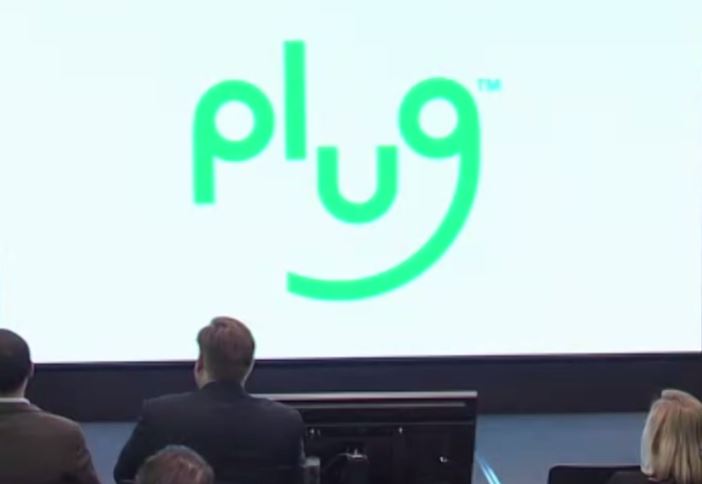Plug Power has delivered its first 10-megawatt (MW) GenEco™ electrolyzer array to Galp’s Sines Refinery in Portugal—part of a 100MW project that, once operational in 2026, is set to become Europe’s largest proton exchange membrane (PEM) hydrogen installation.
The 100MW system, comprising ten arrays, will produce up to 15,000 tons of renewable hydrogen annually. According to Galp, this will displace about 20% of the refinery’s current grey hydrogen use, cutting direct emissions by roughly 110,000 tons of CO₂ equivalent each year. While substantial, this reduction still addresses only a fraction of refinery-related emissions, underscoring both the opportunity and the limitations of early-scale projects.
Galp committed in late 2023 to a combined €650 million investment in green hydrogen electrolysis and a hydrotreated vegetable oil (HVO) and sustainable aviation fuel (SAF) unit. Construction began within weeks of the final investment decision—an unusually rapid timeline in a sector where hydrogen projects often face delays tied to permitting, financing, and infrastructure readiness. This pace suggests strong political and corporate alignment, but the project’s ultimate success will depend on integrating intermittent renewable electricity supply with refinery operations without compromising production reliability.
For Plug Power, the Galp contract is its largest electrolyzer project worldwide and a showcase of its modular GenEco PEM technology. Each array includes Hydrogen Processing Units (HPUs) designed for industrial-scale deployment. The system draws on a distributed supply chain, with components sourced from the U.S. and Europe, reflecting both Plug’s scaling strategy and Europe’s policy push for localized manufacturing.
The company’s entry into refinery markets was reinforced by its acquisition of Frames Group, a Dutch firm with decades of experience in process and gas treatment systems. This integration positions Plug to navigate the technical complexities of oil and gas applications, where hydrogen quality and system reliability are critical.
Globally, Plug reported that electrolyzer demand reached 230MW across Europe, Australia, and North America in the second quarter of this year, contributing $45 million to revenues. The company cites a $2 billion project pipeline, though only a fraction has reached final investment decision. Delays in securing offtake agreements, grid connections, and subsidies continue to challenge industry timelines.
Refining Sector at an Inflection Point
Hydrogen is central to refinery operations, particularly for desulfurization and hydrocracking. Transitioning this feedstock from fossil-derived to renewable sources offers one of the most direct pathways for emissions reductions. Yet cost remains a central barrier. The International Renewable Energy Agency (IRENA) estimates that renewable hydrogen production in Europe still averages $4–6/kg, compared with $1–2/kg for fossil-based hydrogen. Projects like Sines hinge on falling electrolyzer costs, abundant renewable power, and supportive policy frameworks such as the EU’s Fit for 55 package and Renewable Energy Directive (RED III) targets for green fuels.
Galp’s decision to move forward reflects both competitive pressures and regulatory drivers. By partially replacing grey hydrogen, the company not only reduces emissions but also positions itself to meet forthcoming EU mandates on renewable fuel use in transport and industry. However, scaling from 20% replacement at a single refinery to full decarbonization across the sector will require orders-of-magnitude larger investments, grid expansions, and parallel development of hydrogen storage and transport infrastructure.
The Sines project underscores Europe’s role as an early testing ground for large-scale electrolyzer deployment. Portugal, with abundant solar and wind resources, offers relatively favorable conditions for renewable hydrogen production. Whether these conditions translate into consistent cost advantages over competing markets, such as the Middle East or Australia, will determine Europe’s ability to lead in both production and export.
Stay updated on the latest in energy! Follow us on LinkedIn, Facebook, and X for real-time news and insights. Don’t miss out on exclusive interviews and webinars—subscribe to our YouTube channel today! Join our community and be part of the conversation shaping the future of energy.
